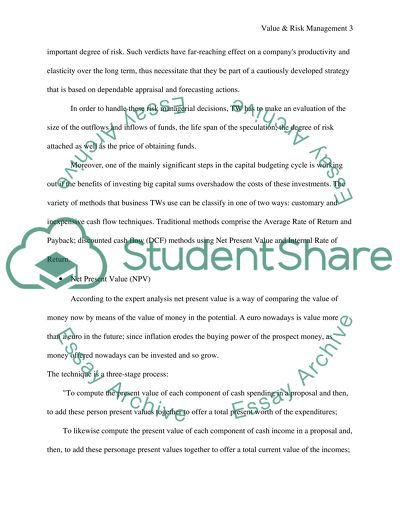Cite this document
(“Value and Risk Management in Construction Case Study”, n.d.)
Value and Risk Management in Construction Case Study. Retrieved from https://studentshare.org/miscellaneous/1508535-value-and-risk-management-in-construction
Value and Risk Management in Construction Case Study. Retrieved from https://studentshare.org/miscellaneous/1508535-value-and-risk-management-in-construction
(Value and Risk Management in Construction Case Study)
Value and Risk Management in Construction Case Study. https://studentshare.org/miscellaneous/1508535-value-and-risk-management-in-construction.
Value and Risk Management in Construction Case Study. https://studentshare.org/miscellaneous/1508535-value-and-risk-management-in-construction.
“Value and Risk Management in Construction Case Study”, n.d. https://studentshare.org/miscellaneous/1508535-value-and-risk-management-in-construction.


